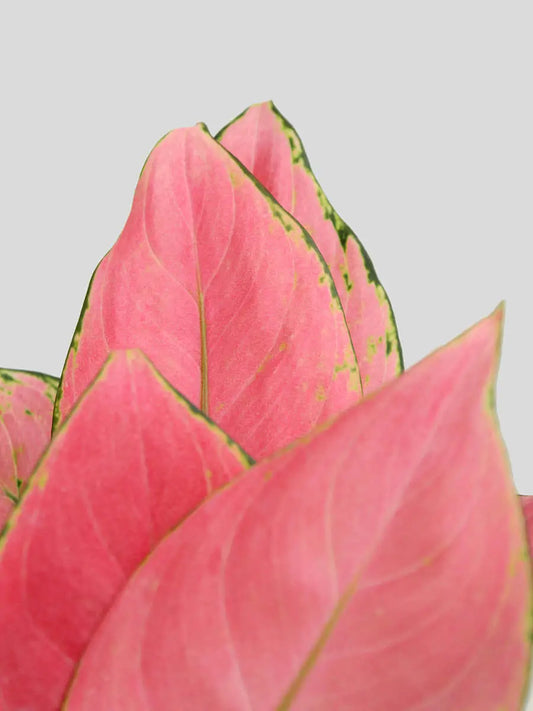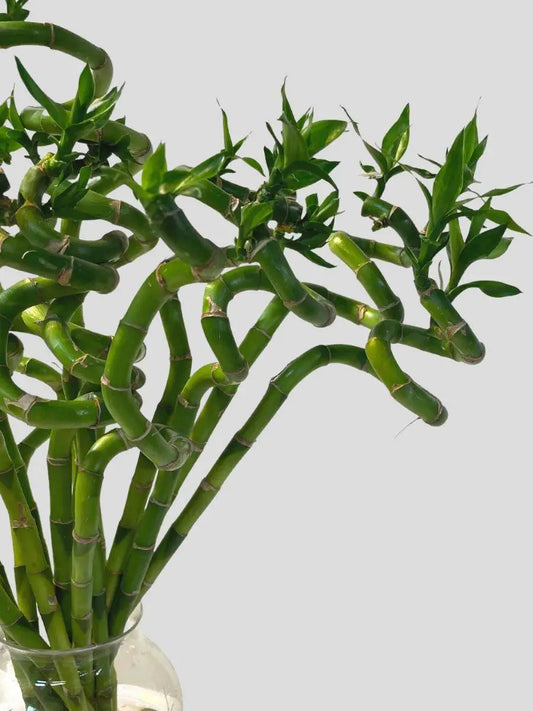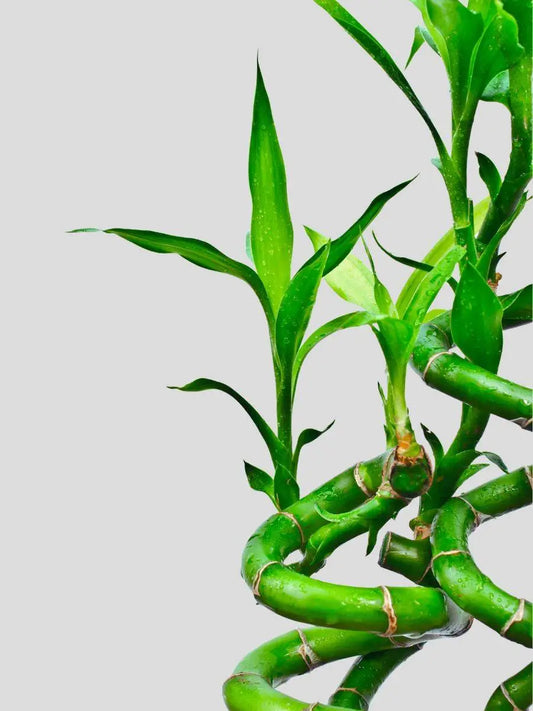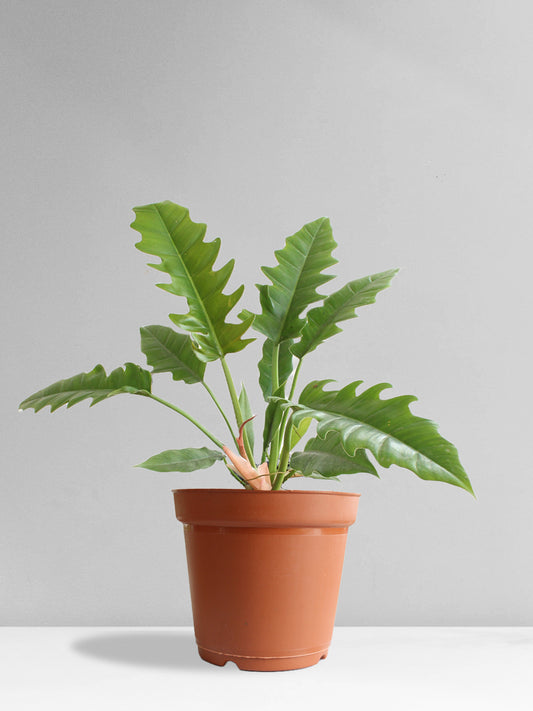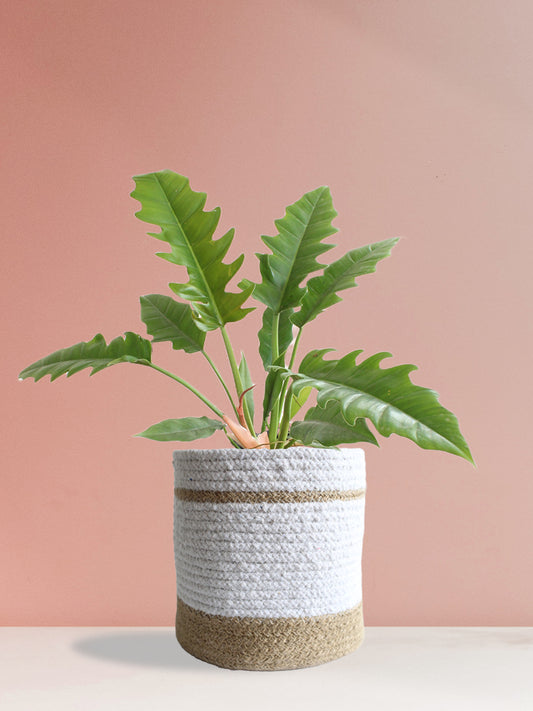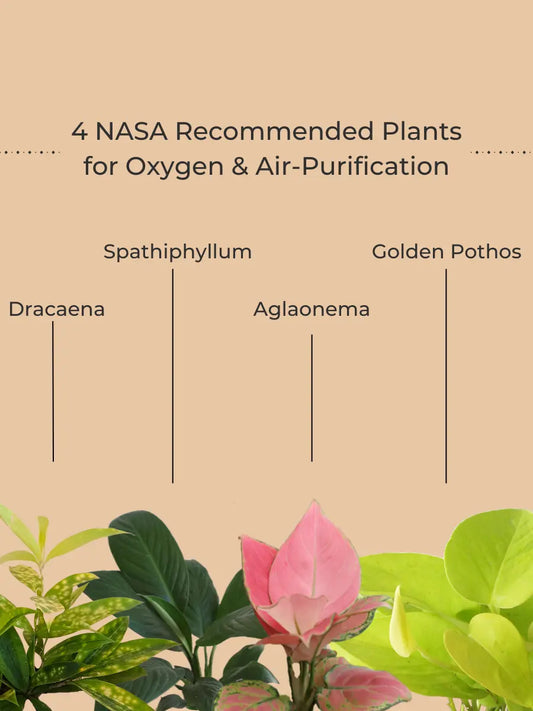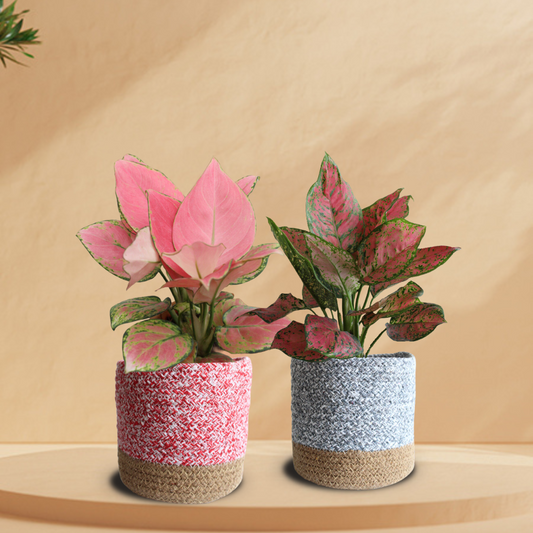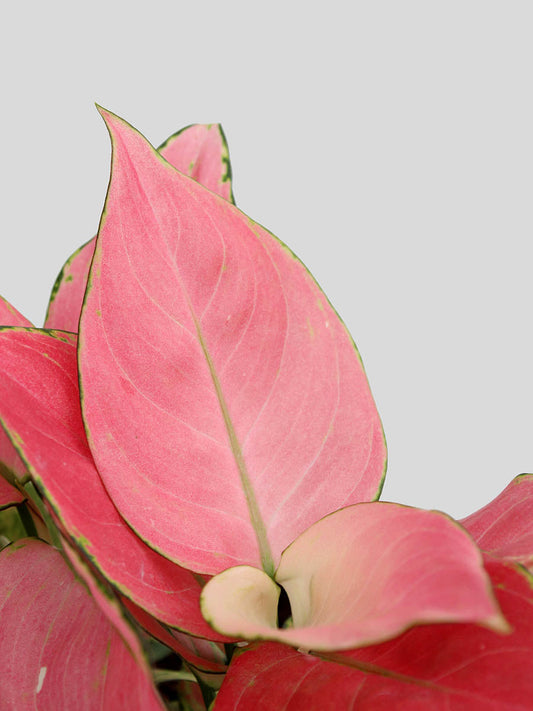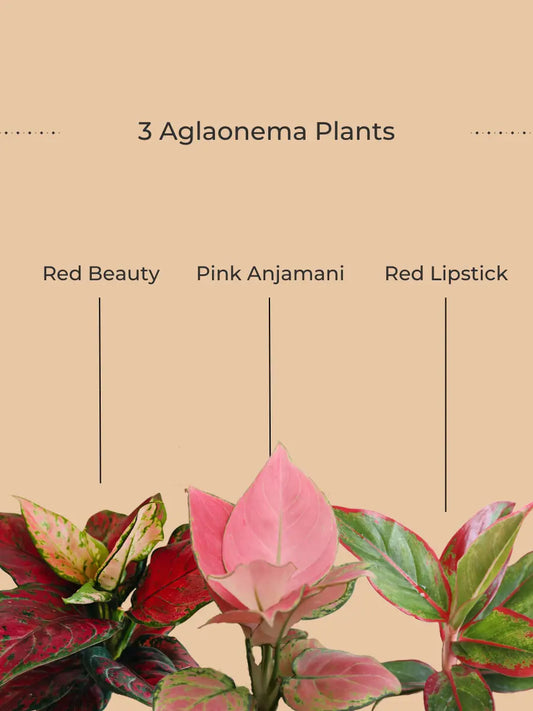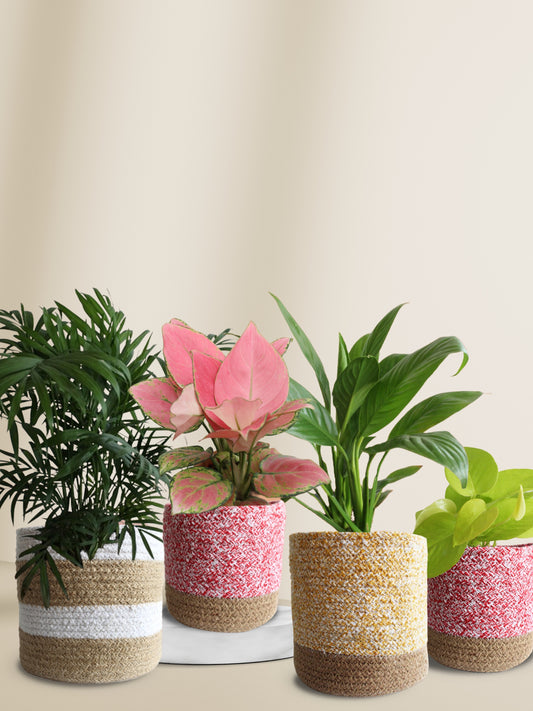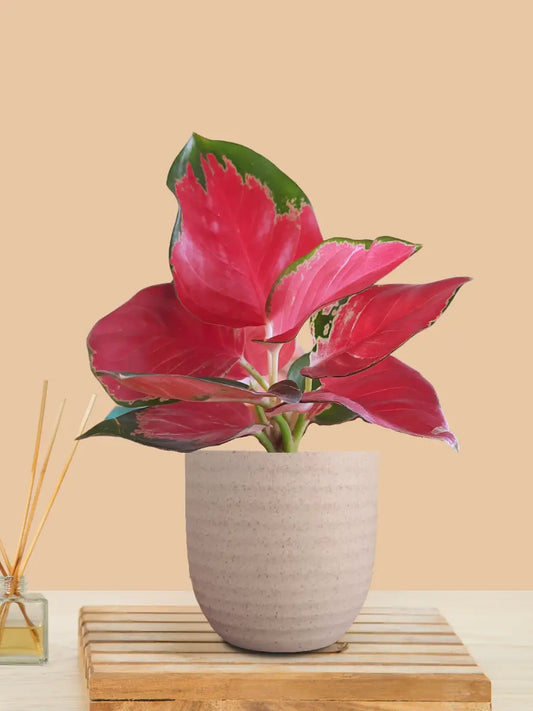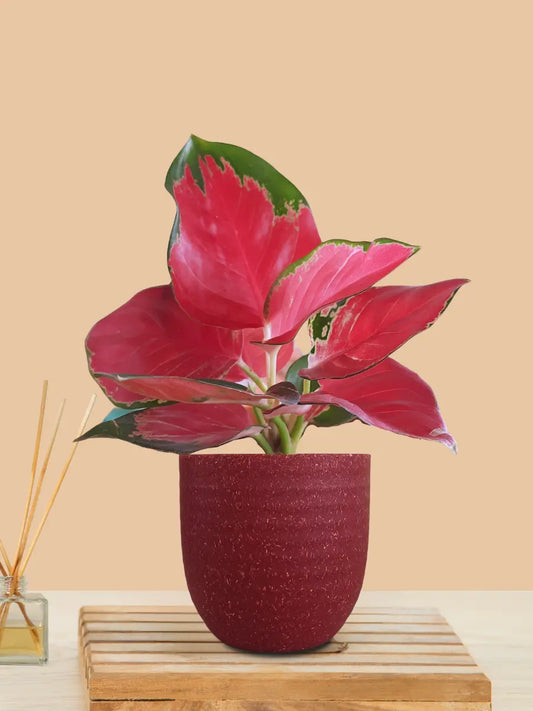Everything About Philodendron Pink Princess Grow & Care Guide
The Pink Princess Philodendron (PPP), a hybrid philodendron native to Columbia, is known for its black foliage and pink variegation. The PPP plant's deep green, heart-shaped leaves are a vibrant addition to any home, and its pink variegation is a result of cultivation. When lifted, the underside of the leaves turns copper-to-crimson. However, despite its rarity in the wild, the Pink Princess Philodendron is not a "rare" plant.
But how to grow and care for PPP plants? Let’s learn all about the Philodendron Pink Princess Grow & care guide.
How to Propagate Philodendron Pink Princess

PPP plants may be propagated in three simple methods:
First Method:
- The first method is water propagation, in which an individual node is submerged in water to promote the development of aerial roots.
- After the roots on the cuttings are an inch long, you may plant them in soil.
Second Method:
- The second method is called soil propagation, and it involves putting a cutting into a pot filled with a mixture of half soil and half perlite.
- This approach involves more baby care and moistens the potting mix for roots. Soil propagation benefits from an increase in humidity.
Third Method:
- The last method involves using a specialized tool for plant propagation.
- This method uses bare stem cuttings to propagate plants with bare stems or ragged leaves. Sections of the stem are removed and buried in a medium of potting soil and perlite.
- Then cuttings are subjected to bright, indirect light, and the lid is left off to maintain moisture in the medium. This method works best in spring and summer when plants are growing.
- When the cuttings have a few leaves, separate them into separate pots.
Stem cuttings or summer division are the best methods for growing Pink Princess Philodendron. Taking cuttings from mature plants that have few nodes on the stem and dipping them in rooting hormone is an effective way to propagate them. And spring is optimal for splitting established plant root masses.
Also Check This: Indoor Plant Buying Guide: How To Choose The Best Indoor Plant
Philodendron Pink Princess Growing Tips

Is philodendron pink Princess easy to grow? Yes, the PPP plant has colorful leaves and is easy to grow & care for. Some growing PPP plant tips:
- PPP plants thrive best in a nutrient-rich, well-drained natural combination, such as potting soil enriched with orchid bark, perlite, coco coir, or peat moss.
- PPP plants are native to the tropics and require high levels of humidity, moderate temperatures, and moist soil.
- Every 1-2 years, repot and trim to promote bushier growth, avoid legginess, and boost variegation. Trimming and propagation are necessary for growth, as are optimal conditions in terms of light, soil, water, and humidity.
- For long-term success, Pink Princess Philodendrons plants need the correct place. This plant does well in warm, shady environments in pots with adequate drainage. Keep it away from kids and dogs since it may be harmful if consumed.
How to Care Philodendron Pink Princess

The following recommended maintenance steps to care for the Philodendron Pink Princess plant includes:
1. Sunlight Needs:
Provide the plant with 6 hours of bright, filtered, or indirect light, preferably in an east or west-facing window that gets morning or evening sun exclusively, to maintain its pink color.
2. Temperature Maintenance:
Pink Princess Philodendrons plant prefers temperatures 18-32 °C and can withstand temperatures as low as 12°C. However, below-freezing temperatures (0°C) damage them and cease growth. Also, keep the PPP plant apart from any sources of direct heat or cold, including fires.
3. Watering Routine:
Pink Princess Philodendron plants need adequate watering to thrive. It's best to wait until the top two inches of soil are dry before giving your plant a good watering and draining the excess water. If you have trouble with this, use pure water or rainwater or a cheap moisture meter (to measure). Browning and curling are two side effects of using tap water, which contains salts and minerals.
Also Check This: How To Make Vertical Garden At Home
4. Proper Humidify:
The ideal humidity for the philodendron Pink Princess plant is 50%. However, if the air is too dry, you may boost the humidity by placing the plant on a pebble tray, using a humidifier close by, or watering it several times a week.
5. Growth Potential Knowledge:
The plant may grow up to 4 feet tall and 18 inches broad. Additionally, with proper care, PPP plants may grow fast and require repotting every 1-2 years. Move them to a 1-2" bigger pot in spring or summer.
6. Fertilization Timing:
Every two weeks during the spring and summer, a balanced liquid fertilizer such as compost tea or an indoor plant formula should be administered. Stop fertilizing them in autumn and winter to prevent leggy growth.
7. Safety Understanding For Pets:
PPP plant is considered toxic when ingested, so keep it out of reach of pets.
8. Pest management:
PPP plant is pest-resistant and adaptable, so you may plant them everywhere. However, you can use neem oil, or insecticide spray to control pests.
9. Other Challenges and Troubleshooting:
PPP plants are beautiful, but they may be difficult to care for over time. Changing variegation, curling leaves, yellow foliage, brown leaves, and aging are common concerns. To fix these concerns, keep the soil equally wet, prevent draughty regions, air conditioning vents, and heat sources, and keep the temperature within range.
Also Check This: Top 10 Most Expensive House Plants In The World
Conclusion
The Pink Princess Philodendron (PPP) is a beautiful and exotic houseplant that requires little care but makes a big impact. Their glossy, heart-shaped leaves reveal pink, dark green, and light green in an uneven pattern. With proper care, the plant has the potential to reach a height of 4 feet and a width of 18 inches.
FAQs
Q1. What fertilizer is best for philodendron?
Ans. Philodendron plants require a balanced 20-20-20 liquid fertilizer for healthy growth, avoiding malnutrition symptoms, and using natural or homemade fertilizers (compost, coffee grounds, eggshells, or aquarium water) instead of commercial options.
Q2. Can philodendron pink Princess take direct sunlight?
Ans. PPP plant, like other Philodendrons, requires indirect light to avoid burning its leaves, typically near an east or west-facing window.
Q3. What soil is best for philodendron?
Ans. PPP plant, like other Philodendrons, grows best in nutrient-rich, well-drained soil with orchid bark, perlite, coco coir, or peat moss.
Q4. Why is Pink Princess so expensive?
Ans. PPP plant is expensive due to its rarity and low supply. Philodendron Erubescens is a widespread variety, although pink variegation is uncommon and needs tissue culture.
Q5. How often should I water my pink Princess philodendron?
Ans. Provide PPP plant weekly watering, let the top inch of soil dry between watering, and make sure your plant has sufficient drainage.



